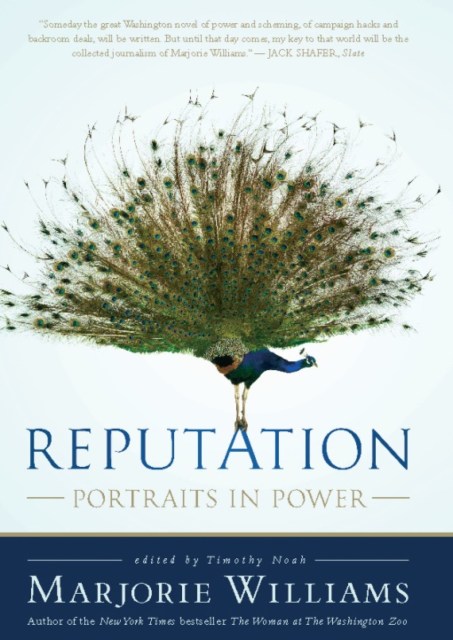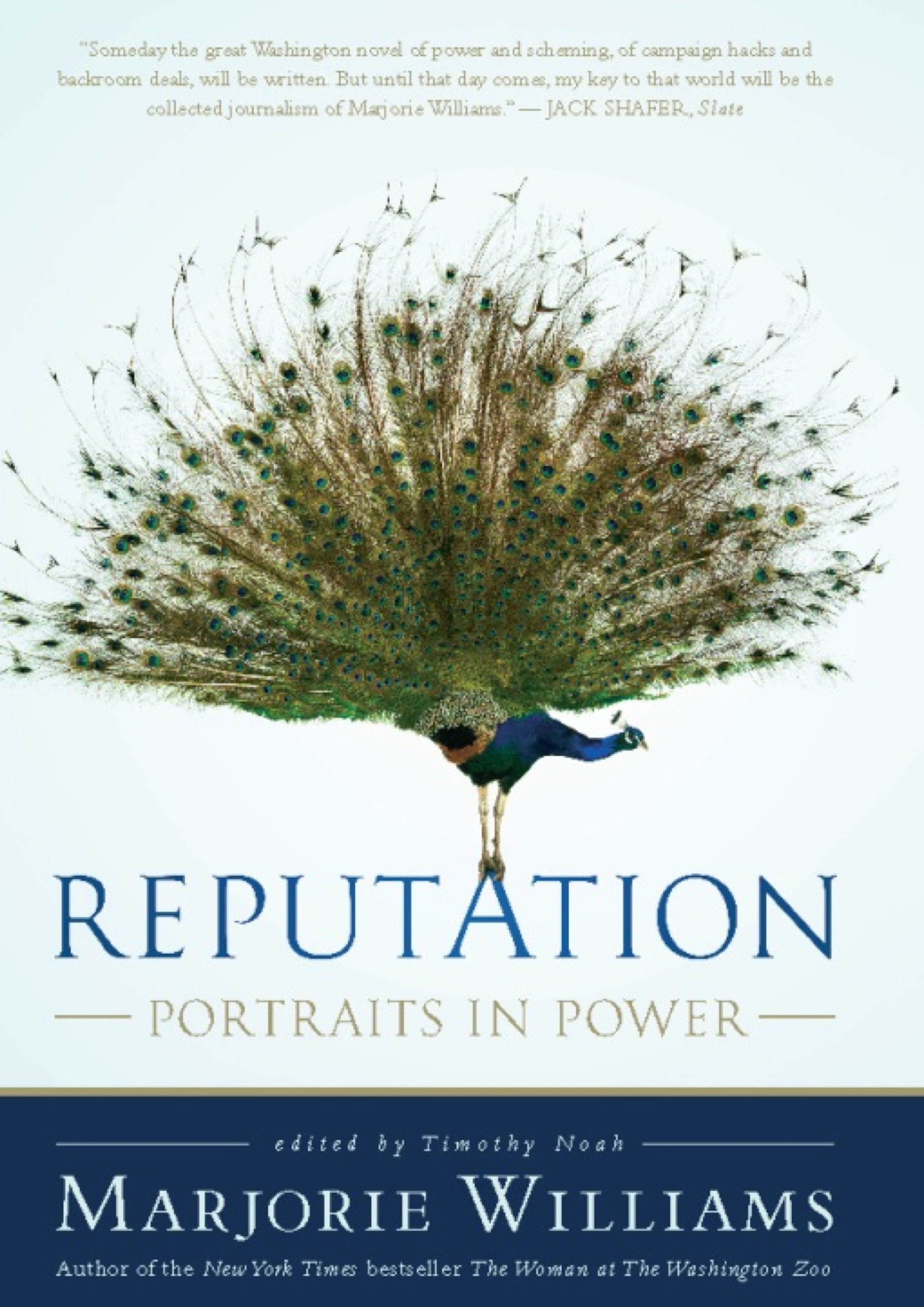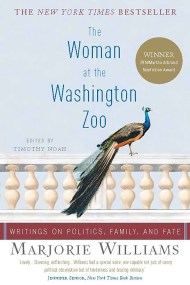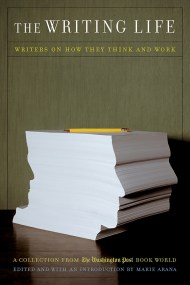Promotion
Use code MOM24 for 20% off site wide + free shipping over $45
Reputation
Portraits in Power
Contributors
Edited by Timothy Noah
Formats and Prices
Price
$9.99Price
$12.99 CADFormat
Format:
- ebook $9.99 $12.99 CAD
- Trade Paperback $21.99 $28.99 CAD
This item is a preorder. Your payment method will be charged immediately, and the product is expected to ship on or around October 20, 2008. This date is subject to change due to shipping delays beyond our control.
Also available from:
Now, in a collection of profiles with the richness of short fiction, Williams limns the personalities that dominated politics and the media during the final years of the twentieth century. In these pages, Clark Clifford grieves “in his laborious baritone” a bank scandal’s blow to his re-pu-taaaaaay-shun. Lee Atwater likens himself to Ulysses and pleads, “Tah me to the mast!” Patricia Duff sheds “precipitous tears” over her divorce from Ronald Perelman, resembling afterwards “a garden refreshed by spring rain.”
Reputation illuminates our recent past through expertly drawn portraits of powerful — and messily human — figures.
Genre:
- On Sale
- Oct 20, 2008
- Page Count
- 320 pages
- Publisher
- PublicAffairs
- ISBN-13
- 9780786726554
Newsletter Signup
By clicking ‘Sign Up,’ I acknowledge that I have read and agree to Hachette Book Group’s Privacy Policy and Terms of Use





